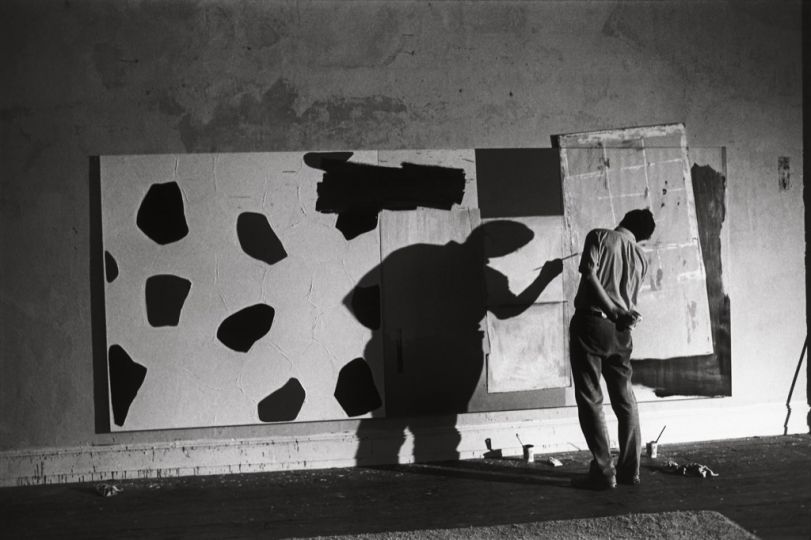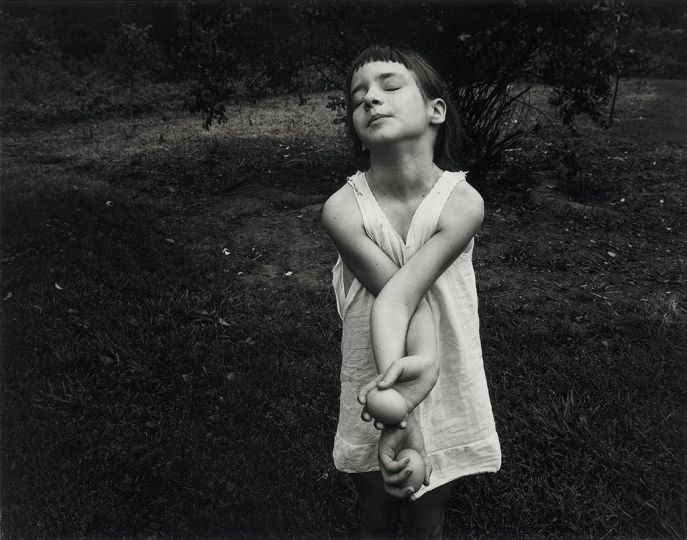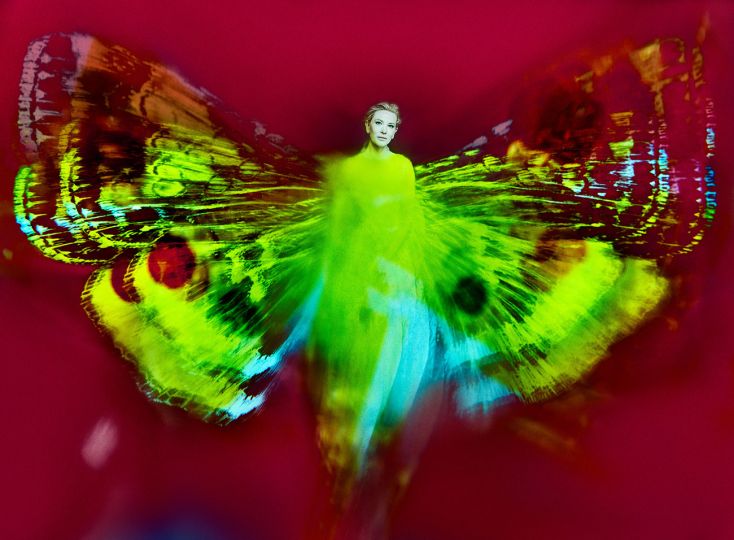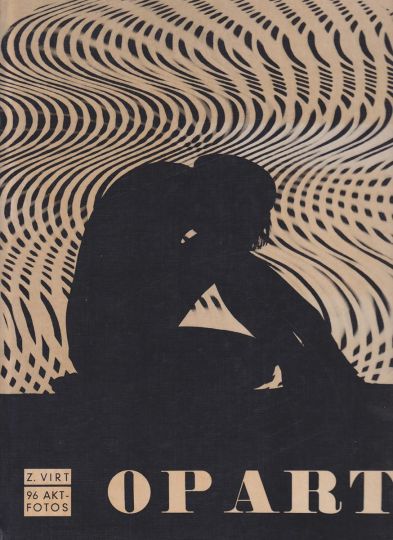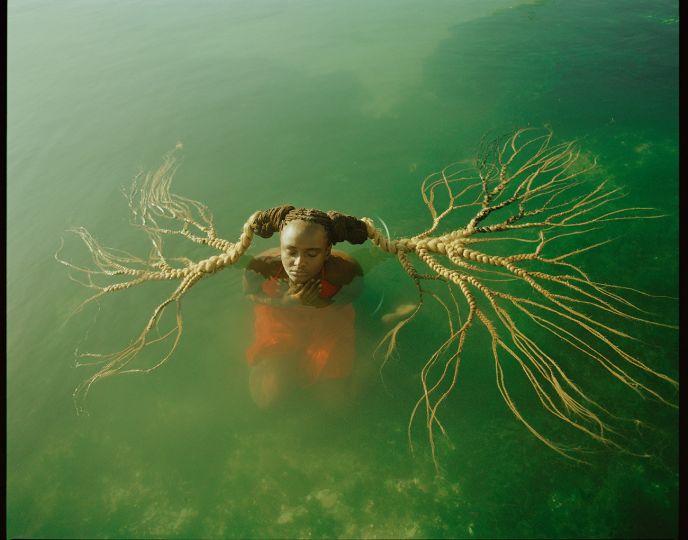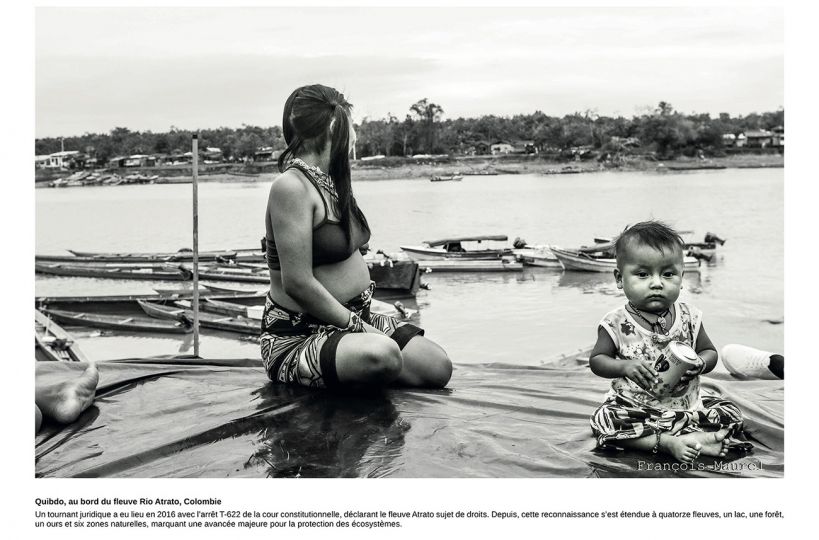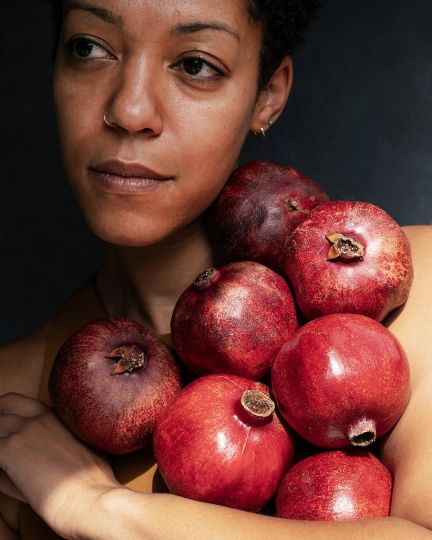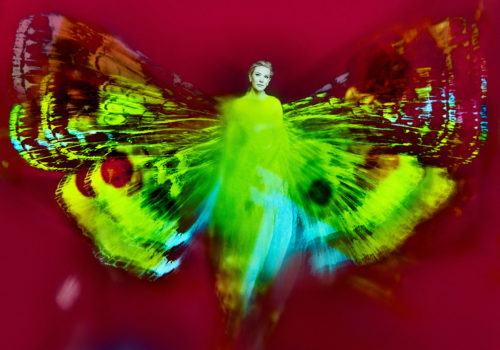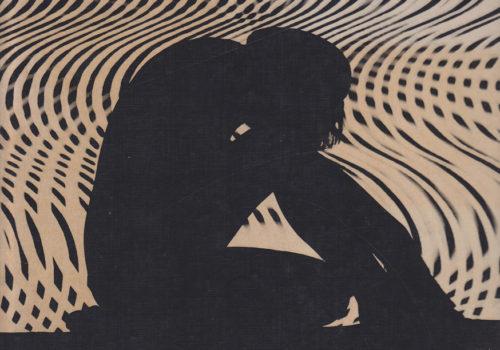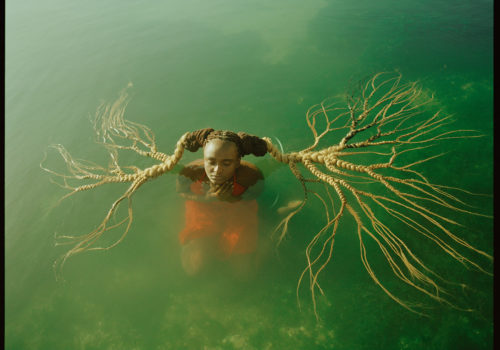It seemed, at least in the eyes of some, that there was a gap that needed to be filled in the evolution of American photography. Not really a blank, but a moment without a protagonist, without an innovation or a milestone achievement. The period I am referring to roughly covers the years 1940 to 1955, which are framed by Walker Evans — and the extraordinary level he had reached by 1936 (and which he maintained throughout his life) — and by Robert Frank who, starting in 1955, began working on what would become The Americans. These fifteen years are known as the great era in American painting and sculpture: Pollock, de Kooning, Rothko, Newman, Still, Smith, Cornell, and others. The groundbreaking work done in the 1940s and 1950s by such photographers as Levitt, Model, Siskind, Sommer, and Weegee was not known to, or appreciated by, the public until recently. Others — this would certainly be the case of Sid Grossman — would quickly achieve notoriety. However, it suddenly struck me in 1976 that American photography in mid-century belonged to Louis Faurer.
Walter Hopps
Walter Hopps (1933-2005) was one of the greatest American curators, specializing in twentieth century art. Cofounder of the Ferus Gallery in Los Angeles and curator of the Pasadena Museum of Art,creator of the first retrospective of Kurt Schwitters, Joseph Cornell and Marcel Duchamp. Ardent defender of American Pop Art, his study New Painting of Common Objects was the first of its kind. In 1972 he became curator of twentieth-century art at the Smithsonian American Art Museum. After leading the Corcoran Gallery of Art, he became founding director of the Menil Collection in Houston in 1987.
From “About Louis Faurer” in Louis Faurer published by Steidl edition on the occasion of the exhibition at the Fondation Henri Cartier-Bresson.
Louis Faurer
Steidl
Foreword: Agnès Sire
Essay: Susan Kismaric
Original texts by Louis Faurer and Walter Hopps
34 euros
208 pages
24 x 17.6 cm
100 illustrations
ISBN: 978-3-95829-241-3
September 2016

